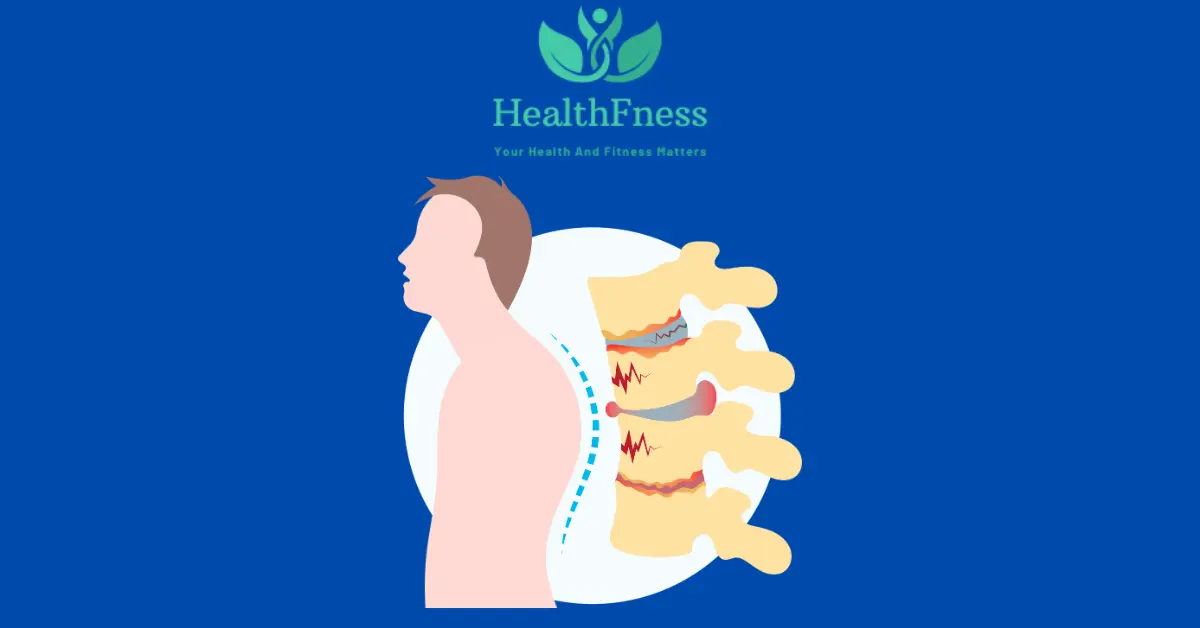Explore the causes, symptoms, diagnosis, and treatments for ankylosing spondylitis in this comprehensive guide. Learn how to support someone living with this chronic inflammatory condition effectively. Get insights on managing symptoms through medication, physical therapy, and lifestyle adjustments.
What is Ankylosing Spondylitis?
What Causes Ankylosing Spondylitis?
- Genetics: Having a family history of ankylosing spondylitis increases the risk of developing the condition
- HLA-B27 Genetic Variation: Certain genetic variations, such as HLA-B27, are more prevalent in individuals with ankylosing spondylitis.
- Abnormal Immune Response: These genetic variations may trigger an abnormal immune response, leading to inflammation in the spine and joints.
What are the Symptoms of Ankylosing Spondylitis?
The most common symptoms are pain and stiffness in the back and neck. This pain and stiffness may worsen in the morning and improve with movement. Other symptoms may include:
- Fatigue
- Inflammation of the eyes
- Difficulty sleeping
- Loss of appetite
- Weight loss
- Difficulty breathing
- Chest pain
If left untreated, it may lead to other complications, such as inflammation of the heart, lungs, and eyes. In severe cases, the spine can become fused, leading to a severe loss of mobility.
How is it Diagnosed?
A combination of physical examination, medical history, imaging tests, and laboratory tests diagnoses it. During the physical examination, your doctor will look for signs of inflammation and stiffness in the spine and joints. Perform the following methods for proper diagnosis:-
- Imaging tests, such as X-rays and MRI, can help confirm the diagnosis of ankylosing spondylitis. These tests can also show any damage to the spine or joints caused by the condition.
- A blood test can diagnose ankylosing spondylitis, among other laboratory tests. These tests can detect the presence of HLA-B27, a genetic variation that is more common in people with ankylosing spondylitis.
What are the Treatments for Ankylosing Spondylitis?
No cure has been found for the problem, but treatments can help manage the symptoms.. The goal of treatment is to reduce pain and stiffness, maintain good posture, and prevent complications.
Medications
The most common medications used for treatment are nonsteroidal anti-inflammatory drugs (NSAIDs). These types of medications are very effective in reducing pain and inflammation. Biological drugs can reduce inflammation and improve symptoms.
Physical Therapy
Physical therapy can be used to help maintain good posture and reduce pain. A physical therapist can teach you exercises to help strengthen the muscles around the spine and maintain flexibility.
Lifestyle Changes
Making lifestyle changes can also help manage symptoms of ankylosing spondylitis. These changes can include avoiding activities that cause pain and stiffness, getting enough rest, and eating a healthy diet.
How Can I Support Someone Living With This Condition?
If you know someone living with ankylosing spondylitis, you can help them by:
- Encouraging them to follow their treatment plan and take their medications as prescribed.
- Encouraging them to get enough rest and practice stress-reducing activities.
- Offering to help with tasks, such as grocery shopping or housework.
- Supporting them emotionally and providing positive reinforcement.
- Offering to spend time with them and helping them maintain social connections.
Related Study
One study done by Journal of Ophthalmic and Vision Research (JOVR), the study explores ankylosing spondylitis (AS) and its ocular complication, anterior uveitis, highlighting diagnosis, treatment, and prognosis. Early intervention is critical for effective management.
FAQs
What triggers ankylosing spondylitis?
Can ankylosing spondylitis be cured?
Ankylosing spondylitis cannot be cured, but various treatments are available to manage symptoms and improve quality of life.
What are the red flags of ankylosing spondylitis?
Red flags of ankylosing spondylitis include chronic back pain, especially in young men, along with stiffness and fatigue that worsen with rest.
Is ankylosing spondylitis lifelong?
Yes, ankylosing spondylitis is a lifelong condition, requiring ongoing management to control symptoms and prevent complications.
What is the best treatment for ankylosing spondylitis?
Treatment for ankylosing spondylitis typically involves a combination of medications, physical therapy, and lifestyle adjustments tailored to individual needs.
What vitamin deficiency causes ankylosing spondylitis?
There's no specific vitamin deficiency linked to ankylosing spondylitis; however, maintaining overall health is important for managing the condition effectively.
What are the three most common symptoms of ankylosing spondylitis?
The three most common symptoms of ankylosing spondylitis are back pain, stiffness, and fatigue.
Is ankylosing spondylitis serious?
Yes, ankylosing spondylitis can lead to severe complications if left untreated, making it a serious condition that requires medical attention.
What confirms ankylosing spondylitis?
Ankylosing spondylitis is confirmed through a combination of physical examination, medical history, imaging tests like X-rays and MRIs, and blood tests to detect certain genetic markers.
Can stress cause ankylosing spondylitis?
Stress alone doesn't cause ankylosing spondylitis, but it can exacerbate symptoms in individuals already diagnosed with the condition.
Conclusion
Ankylosing spondylitis is a chronic, inflammatory condition that affects the spine and other areas of the body. Despite the fact that there is no cure, the condition can be effectively managed with the assistance of a doctor and appropriate treatment. If you or someone you know is living with this condition, we hope this post has provided you with valuable information about the disease. Remember to follow your doctor’s treatment plan, eat a healthy diet, get enough rest, and practice stress-reducing activities. If you need additional support, don’t hesitate to reach out to a support group or to a loved one.
You May Also Like To Read: Recent advances in ankylosing spondylitis: understanding the disease and management ↗

Dr. Mark Jenkins, MD - General Physician (California, USA)
Dr. Mark Jenkins is a board-certified general physician based in the United States, specializing in preventive medicine, nutrition, and lifestyle health. With years of clinical experience in primary care, he is dedicated to helping patients and readers alike make informed, science-based decisions about their well-being.
As a trusted medical reviewer and contributor to Healthfness.com, Dr. Jenkins ensures that all health content meets the highest standards of accuracy, safety, and evidence-based medicine. His expertise bridges modern medical science with practical, everyday wellness strategies, making complex topics approachable for all audiences.
Outside the clinic, Dr. Jenkins is passionate about living the healthy lifestyle he teaches. He enjoys hiking with his dog, experimenting with vegetarian cooking, and exploring the latest health research. He believes that small, consistent lifestyle changes lead to lasting health improvements, and he aims to inspire readers to take proactive steps toward a healthier, happier life.
Explore more of Dr. Jenkins’ evidence-based insights at Healthfness.com



